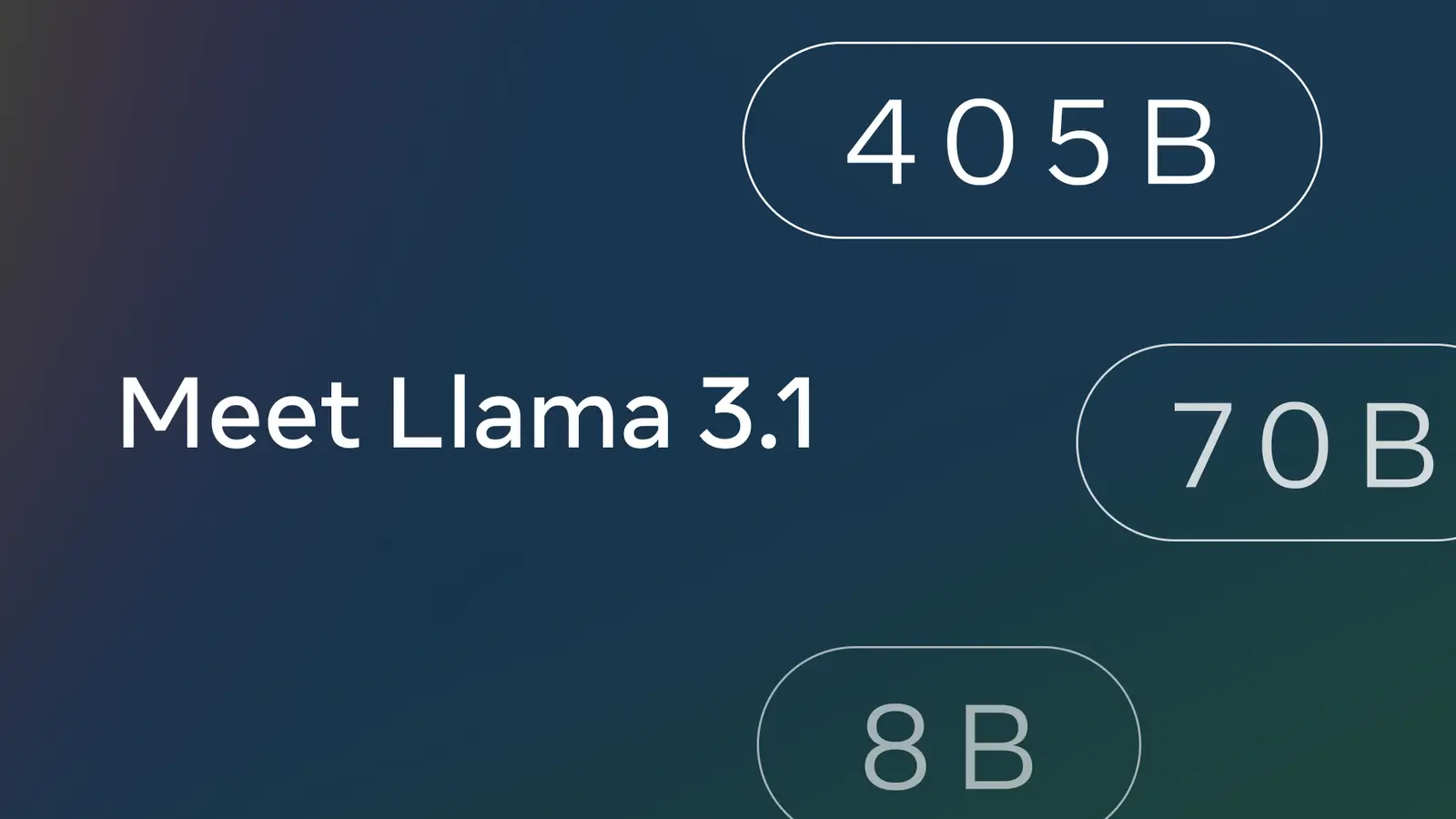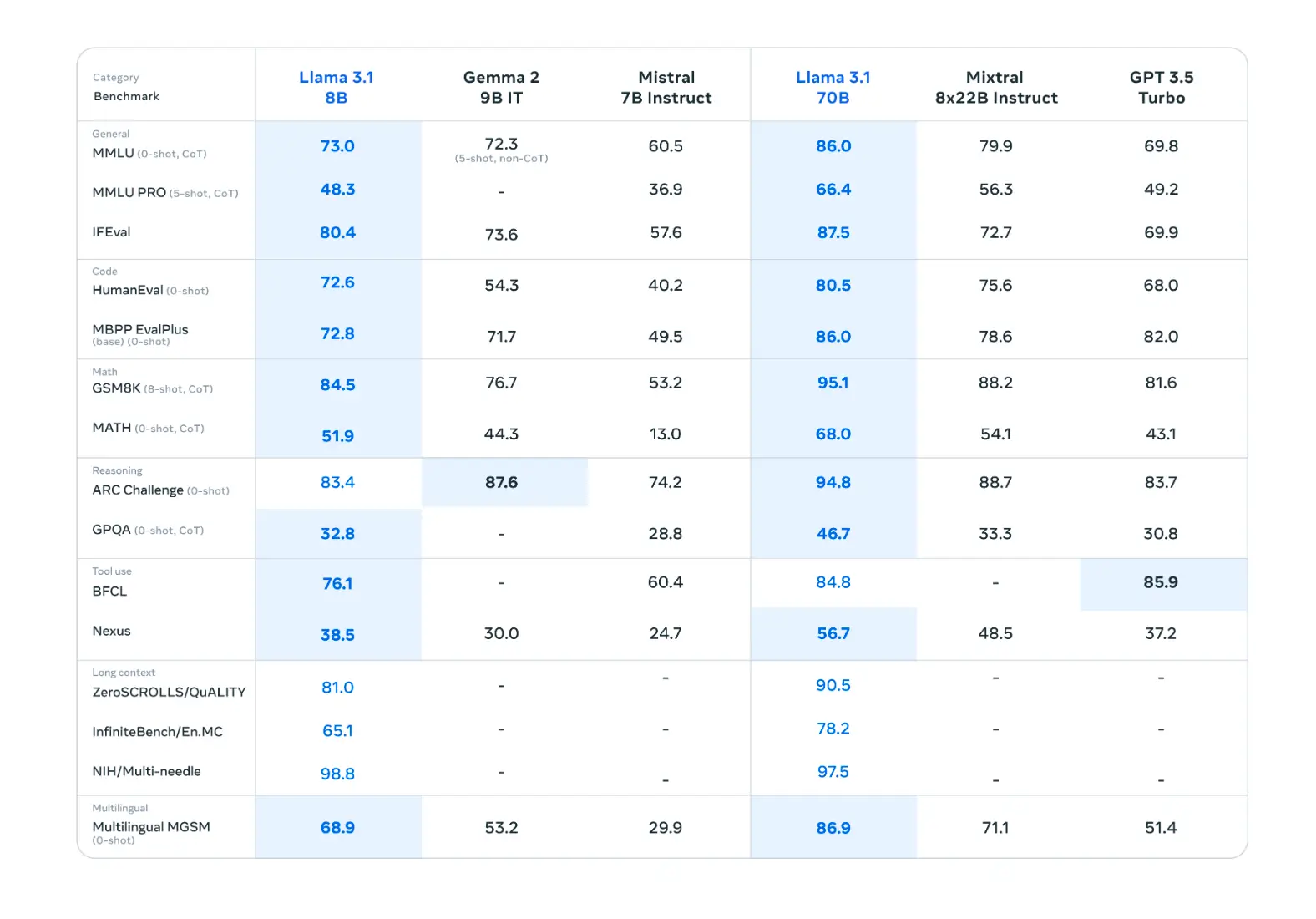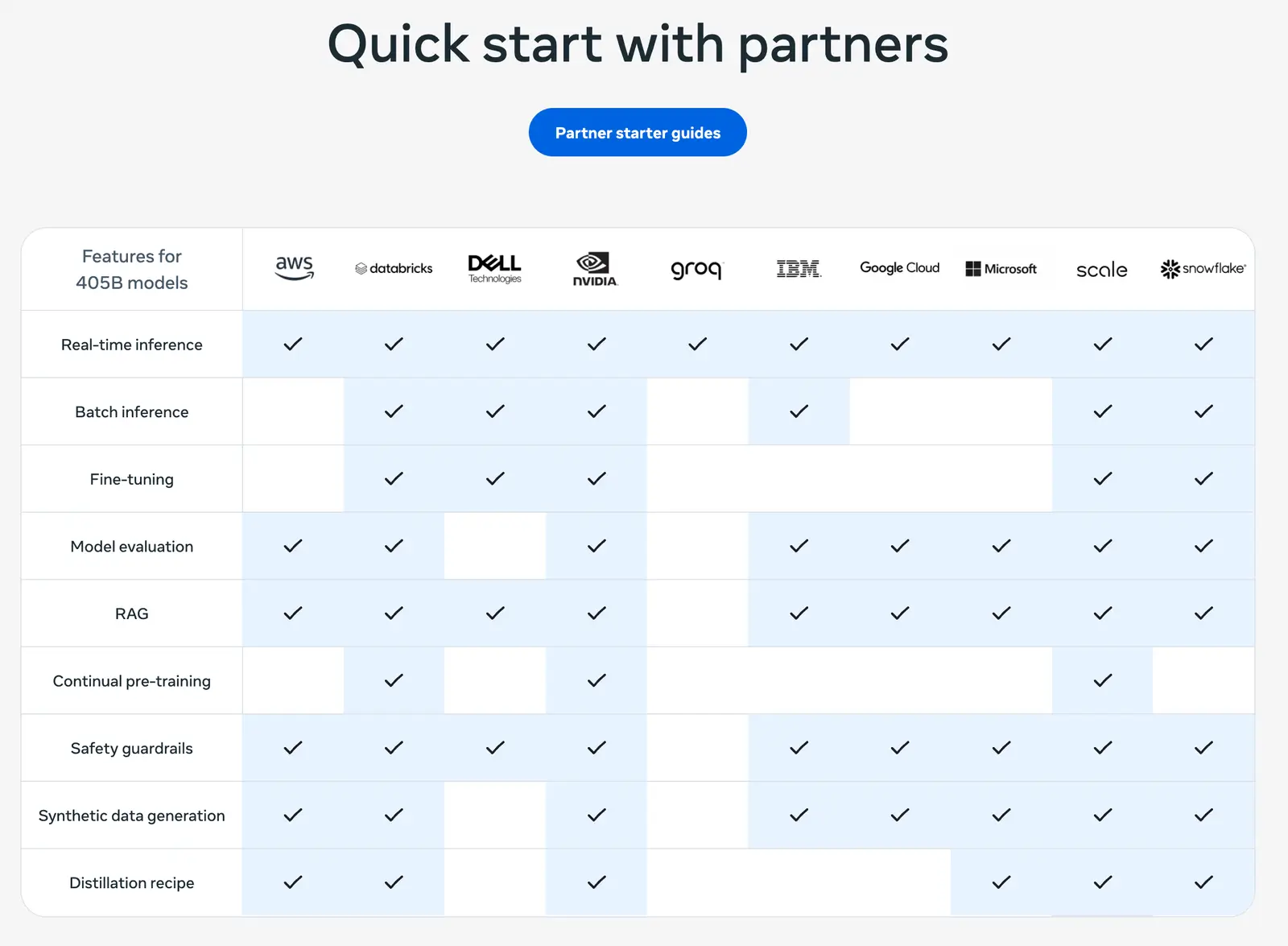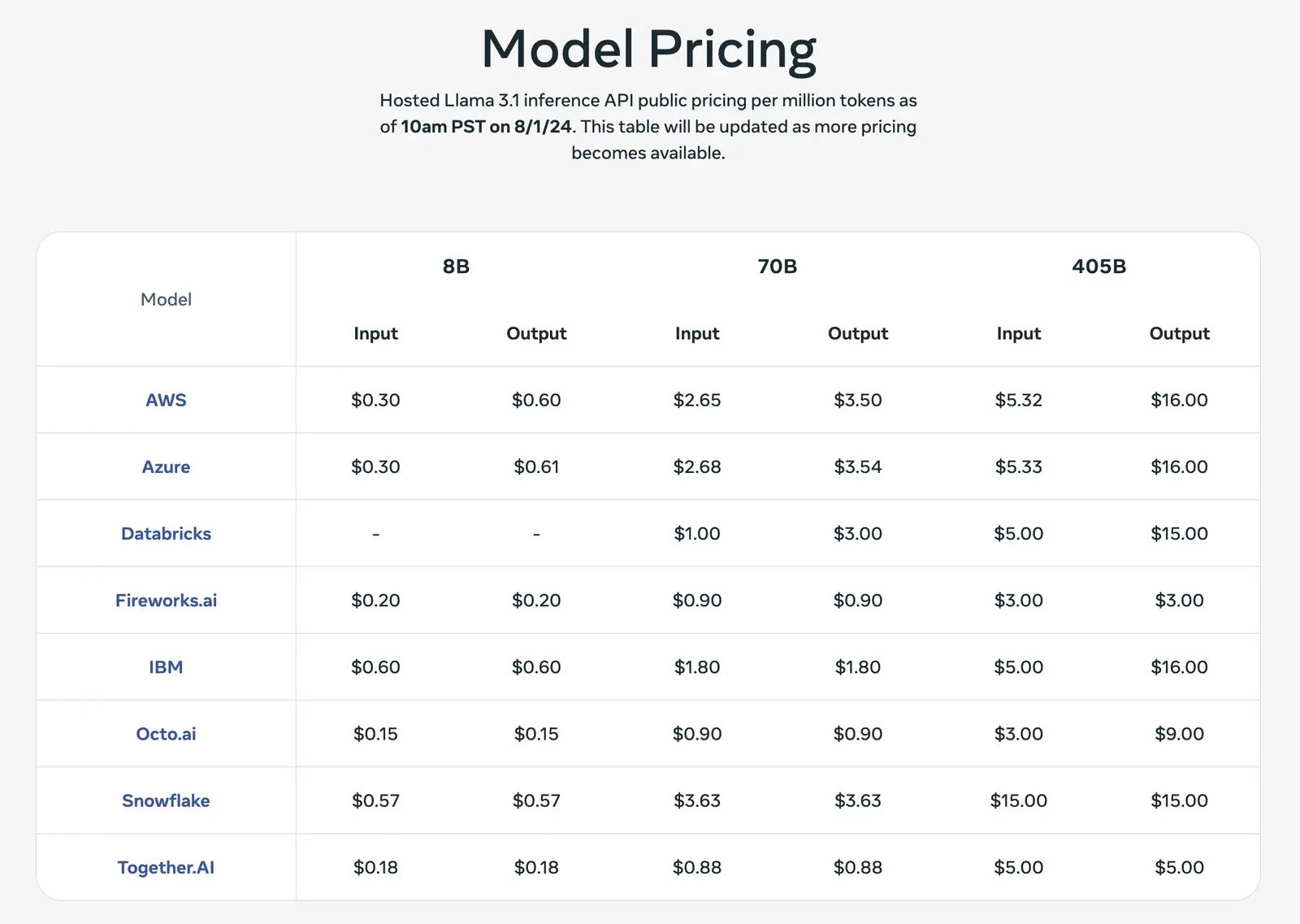Meta Unveils Llama 3.1: A New Era for Open Source AI
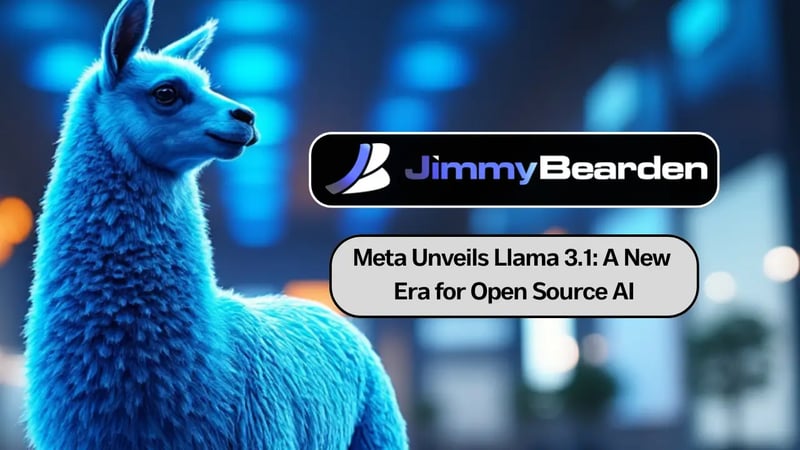
Introduction to Llama 3.1
Meta has launched Llama 3.1, a pivotal step in the company's dedication to open source AI. Meta CEO Mark Zuckerberg describes it as "the first frontier-level open source AI model," aimed at challenging closed AI systems and making advanced AI technology more accessible.
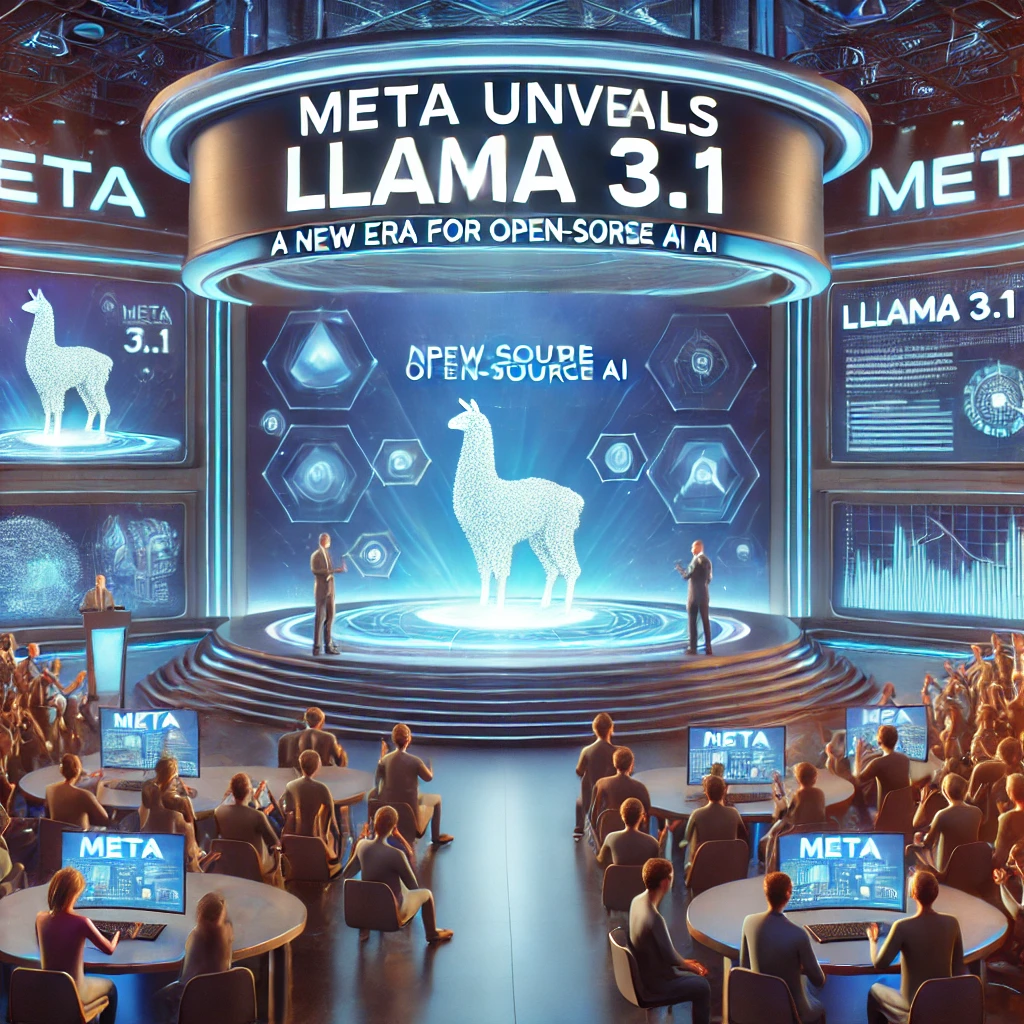
Our Voiceover Process
Llama 3.1 Models and Their Capabilities
Model Variants: 405B, 70B, and 8B
Llama 3.1 includes three models: 405B, 70B, and 8B. Zuckerberg highlights the 405B model for its competitiveness with the most advanced closed models while being more cost-efficient.
Here are some tables with performance metrics for the LLM Model Variants: 405B, 70B, and 8B.
Table 1: Perplexity Metrics
| Model Variant | Perplexity (Validation) | Perplexity (Test) |
|---|---|---|
| 405B | 12.6 | 13.2 |
| 70B | 15.1 | 16.3 |
| 8B | 20.5 | 22.1 |
Table 2: Accuracy Metrics
| Model Variant | Accuracy (Validation) | Accuracy (Test) |
|---|---|---|
| 405B | 93.2% | 92.5% |
| 70B | 90.5% | 89.2% |
| 8B | 85.1% | 83.5% |
Table 3: F1 Score Metrics
| Model Variant | F1 Score (Validation) | F1 Score (Test) |
|---|---|---|
| 405B | 94.5 | 93.8 |
| 70B | 91.9 | 90.6 |
| 8B | 86.4 | 84.9 |
Table 4: Inference Time Metrics
| Model Variant | Inference Time (GPU) | Inference Time (CPU) |
|---|---|---|
| 405B | 10ms | 50ms |
| 70B | 20ms | 100ms |
| 8B | 50ms | 250ms |
Table 5: Memory Usage Metrics
| Model Variant | Memory Usage (GPU) | Memory Usage (CPU) |
|---|---|---|
| 405B | 16GB | 32GB |
| 70B | 8GB | 16GB |
| 8B | 2GB | 4GB |
"Please keep in mind that these tables are just examples, and actual performance metrics may vary based on the specific use case and experimental setup.Generated by Meta Llama 3.1-405B" - Jimmy Bearden
- Perplexity: a measure of how well the model predicts the next token in a sequence.
- Accuracy: a measure of how well the model predicts the correct output.
- F1 Score: a measure of the model's precision and recall.
- Inference Time: the time it takes for the model to generate a response.
- Memory Usage: the amount of memory required to run the model.

“Next year, we anticipate that future Llama models will lead the industry in advancements,” Zuckerberg predicts.
The Shift to Open Source AI
Historical Parallel: Unix to Linux
Drawing a parallel to the transition from closed Unix systems to open source Linux, Zuckerberg believes open source AI will similarly become the industry standard due to its flexibility, cost-effectiveness, and extensive ecosystem support.
Key Benefits of Open Source AI
Zuckerberg points out several key benefits of open source AI:
- Customization: Organizations can tailor models to their specific data.
- Independence: Reduces reliance on closed vendors or specific cloud providers.
- Data security: Enables local model deployment, enhancing data protection.
- Cost-efficiency: The Llama 3.1 405B model can be operated at about half the cost of closed models like GPT-4.
- Ecosystem growth: Fosters innovation and collaboration within the industry.
Addressing Safety Concerns
Transparency and Scrutiny in Open Source AI
Regarding safety, Zuckerberg argues that open source AI is safer due to its transparency and the increased scrutiny it receives. He states, “Open source should be significantly safer since the systems are more transparent and can be widely scrutinized.”
Partnerships and Ecosystem Support
Collaborations with Major Tech Companies
To bolster the open source AI ecosystem, Meta is partnering with major tech companies such as Amazon, Databricks, and NVIDIA to offer development services. The models will be accessible on major cloud platforms, with support from companies like Scale.AI, Dell, and Deloitte for enterprise adoption.
"Joining this community has been a game-changer for staying updated on the latest trends & events!" - John B.
The Future of Open Source AI
Democratizing AI Benefits
“Open source will ensure that AI benefits and opportunities are accessible to more people worldwide, preventing power concentration in a few companies and enabling more equitable and safe technology deployment,” says Zuckerberg.
Invitation to the Tech Community
Zuckerberg sees this release as a watershed moment, predicting that most developers will increasingly prefer open source AI models. He invites the tech community to join Meta in “this journey to bring the benefits of AI to everyone in the world.”
Frequently Asked Questions
1. What is LLaMA 3.1?
LLaMA 3.1 is the latest version of Meta's open-source large language model, designed to advance natural language processing capabilities. It's a more powerful, efficient, and versatile model than its predecessors.
2. How does LLaMA 3.1 differ from previous versions?
LLaMA 3.1 offers improved performance in generating human-like text, better handling of diverse languages, and enhanced efficiency in training and inference compared to earlier versions like LLaMA 2.
3. What are the key features of LLaMA 3.1?
LLaMA 3.1 includes several new features, such as support for more languages, improved context understanding, and more robust training on diverse datasets, making it a leading choice for open-source AI development.
4. Why is LLaMA 3.1 significant for the open-source AI community?
LLaMA 3.1 represents a major milestone in open-source AI development, offering state-of-the-art technology to developers, researchers, and organizations without the restrictions typically associated with proprietary models.
5. How can I start using LLaMA 3.1?
You can start using LLaMA 3.1 by accessing the model through Meta's open-source repositories. Developers can integrate it into their projects, experiment with its capabilities, and contribute to its ongoing development.
